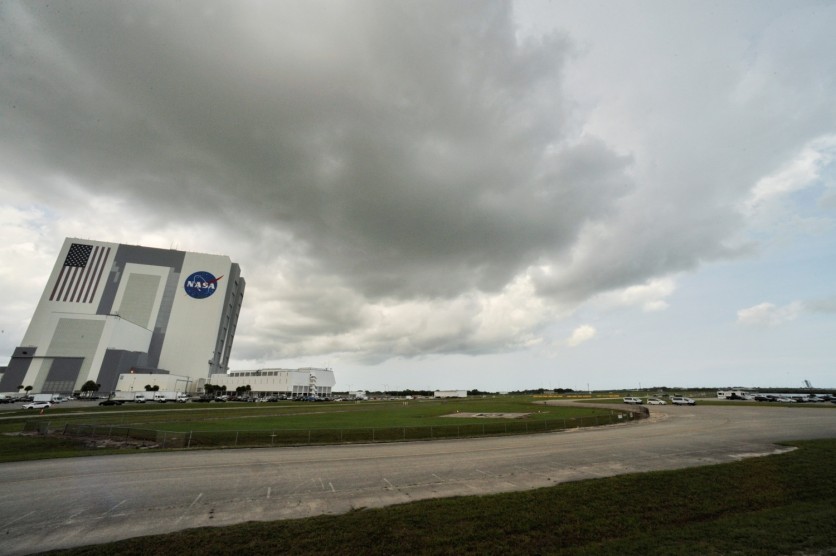A NASA executive retired just days ahead of a mission. Doug Loverro, head of human spaceflight, leaves the space agency as the first Commercial Crew mission was scheduled to depart, with a SpaceX Crew Dragon ferrying astronauts Doug Hurley and Robert Behnken for the first time to the International Space Station.

Loverro said it had nothing to do with the Commercial Crew mission. Without a hitch, the task itself went off. At the same time, Chris Cassidy and Robert Behnken will conduct a pair of spacewalks to replace old batteries on the International Space Station exterior.
Now that there's a new set of staff onboard the International Space Station, NASA's own program manager for the International Space Station is announcing his retirement.
NASA shakeup continues
Kirk Shireman's departure was announced by NASA's public affairs officer Daniel Hout. Meanwhile, CNN cites unnamed sources that reported Shireman had retirement plans in the works long before the SpaceX Crew Dragon took to the skies.
Shireman calls it a NASA career, saying stepping down from his post as ISS program manager during an exciting time for NASA and the spaceflight industry in general. The former manager held his position for five years, and NASA relied on Russian rockets to take its astronauts to the orbiting laboratory for the whole of that time. Now the space agency is in a great place, with the Crew Dragon a seemingly viable choice for launches from US soil.
"One of the strengths of an organization like NASA is that we don't rely on a single individual to drive the entire assessment and evaluation and management effort," Robert Behnken told CNN in an interview from the ISS. Behnken added they'll get a new leader and continue to move forward if the leader needs to move.
"The team is strong enough to recognize their role in assisting that new leader as they're coming in and take over the organization," he added.
NASA hasn't just lined up a replacement yet. Still, with so much going on these days with the ISS and the Commercial Crew plan's popularity, the public would expect the announcement to arrive sooner rather than later. Meanwhile, Behnken and Hurley will continue their duties aboard the ISS, including a forthcoming pair of spacewalks that will see Behnken replacing aging batteries on the space station's exterior.
ALSO READ : [BREAKING] NASA Astronauts Forge "Fifth State of Matter" on the International Space Station
ISS gets an upgrade
As with any machine, an unbelievably high-tech spacecraft needs some love every now and then. A few spacewalks will bring some much-needed upgrades to the ISS.
NASA released a timetable for its next spacewalks. The first will take place on 26th June, and the other will take place on 1st July. ISS will be recharged with switching out old and redundant batteries with new, higher-capacity batteries on both excursions. NASA astronauts Chris Cassidy and Robert Behnken will both perform the spacewalks.
The International Space Station uses a considerable amount of power. The space station retains its steady power supply during those dark moments by using juice, which is stored in its batteries. The old, outdated nickel-hydrogen batteries need replacement, and project work started three years ago. Replacing the many batteries affixed to the ISS 'exterior with the new lithium-ion versions takes several spacewalks.
Ensuring that the space station has a fully functional power system is crucial not only for the science being carried out but also for the well-being of the astronauts who live there. Thanks to regular upgrades and maintenance, the ISS, which has been orbiting Earth since the late 1990s, still has much life left in it.
Currently, the International Space Station is expected to continue operating and hosting astronauts through at least 2030. As is often the case with budgets, the space station could also see life beyond that point, depending on how things shake out.




![Most Useful Google Chrome Keyboard Shortcuts You Need to Know to Improve Your Browsing Experience [2024]](https://d.techtimes.com/en/full/449047/most-useful-google-chrome-keyboard-shortcuts-you-need-know-improve-your-browsing-experience-2024.jpg?w=184&h=103&f=476d29fd60df70a67f6679f99a2ca6d0)